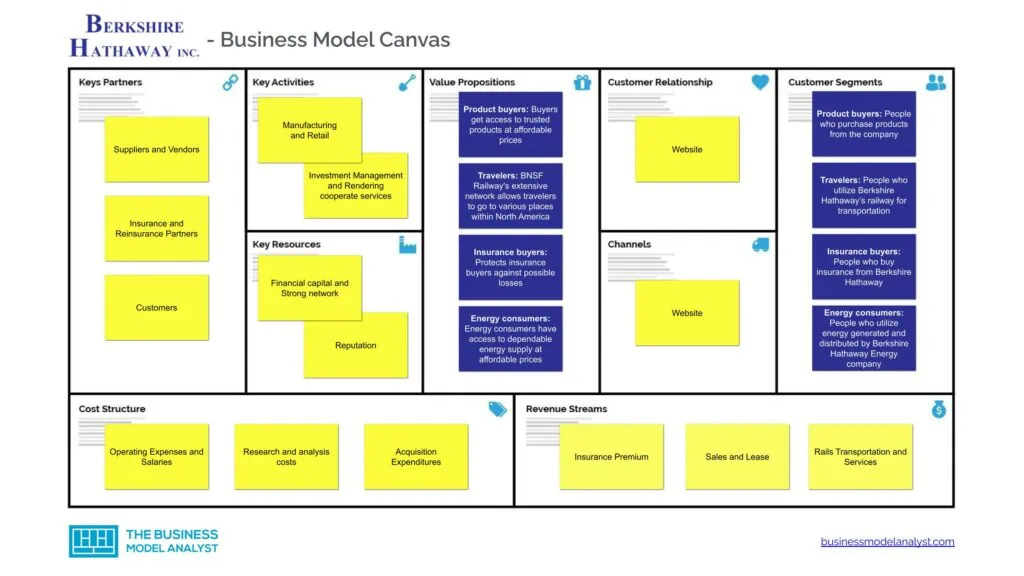Flash Flood Emergency: Recognizing The Signs And Taking Action

Table of Contents
Recognizing the Signs of a Flash Flood Emergency
Flash floods are characterized by a rapid and unexpected rise in water levels, often in normally dry areas. Recognizing the signs early is critical for your safety.
Rapidly Rising Water Levels
The most obvious sign of an impending flash flood emergency is rapidly rising water levels. Even a seemingly small increase in water depth can quickly become dangerous. Be vigilant for:
- Sudden increase in stream or river flow: Noticeably faster and stronger currents are a major red flag.
- Water overflowing banks: Rivers and streams exceeding their banks indicate a significant increase in water volume.
- Ponding of water in low-lying areas: Accumulating water in areas that usually remain dry is a clear warning sign.
- Rapidly rising water in streets and drainage systems: Water quickly filling streets and overflowing storm drains signals a potential flash flood.
These signs, particularly a rapid water increase, should trigger immediate action. Don't underestimate the power of rising water; even a few inches can sweep you off your feet. The key is to be aware of flood warning signs even in areas not typically prone to flooding.
Meteorological Indicators
Certain weather conditions significantly increase the risk of a flash flood emergency. Pay close attention to:
- Intense rainfall: Prolonged periods of heavy downpour are a major precursor to flash flooding.
- Heavy thunderstorms: Thunderstorms, especially those producing intense rainfall in a short period, are a serious threat.
- Flash flood warnings issued by weather services: Heed all official warnings and alerts from your national weather service immediately.
- Prolonged or excessive rainfall: Even if the rain isn't torrential, consistent heavy rainfall over several hours can saturate the ground and lead to flash flooding.
Regularly checking weather reports and alerts is crucial, especially during periods of heavy rainfall or thunderstorms. Understanding flood watch vs. flood warning is also important to knowing the urgency of the situation.
Unusual Sounds and Sights
Beyond the obvious, some less noticeable signs can indicate an impending flash flood emergency:
- Rushing water sounds: A sudden increase in the sound of rushing water, even from a distance, could signify a rapidly approaching flood.
- Debris flowing in normally dry areas: Seeing debris such as branches, leaves, and trash flowing in areas that are usually dry is a strong indicator of increased water flow.
- Changes in water color or clarity: A sudden change in the color or clarity of water in a stream or river can signify increased sediment and runoff.
- Unusual animal behavior (animals fleeing): Animals often exhibit unusual behavior before a flood, such as fleeing from low-lying areas.
Paying attention to these subtle signs can provide valuable early warning, giving you crucial time to react.
Immediate Actions During a Flash Flood Emergency
Time is of the essence during a flash flood emergency. Swift and decisive action is crucial for survival.
Evacuate Immediately
When a flash flood warning is issued, your primary action should be to evacuate immediately. Do not delay:
- Follow evacuation orders: Obey all instructions from local authorities and emergency personnel.
- Move to higher ground: Seek refuge in elevated areas away from flood-prone zones.
- Avoid driving through flooded areas: Flooded roads are extremely dangerous; the depth of the water may be deceiving.
- Seek shelter in a sturdy building above flood level: If evacuation isn't immediately possible, find a strong building on higher ground.
Your safety is paramount. Never attempt to drive through floodwaters, as even a small amount of water can sweep your vehicle away.
Securing Your Property
While evacuating is the top priority, taking steps to protect your property can minimize potential damage:
- Move valuable items to higher floors: Relocate important documents, electronics, and irreplaceable items to upper floors.
- Disconnect electrical appliances: Unplug appliances to prevent electrical hazards.
- Move vehicles to higher ground: Park vehicles in safe, elevated locations.
- Protect your home from floodwater: If time allows, take measures to prevent water from entering your home, such as using sandbags.
These preventative measures, even if only partially successful, can significantly reduce flood damage.
Seeking Assistance and Information
Staying informed and accessing help is vital during and after a flash flood emergency:
- Monitor weather reports: Keep track of weather updates for ongoing flood risks.
- Stay updated on emergency alerts: Pay close attention to official warnings and instructions.
- Contact local emergency services if needed: Don't hesitate to call for help if you are trapped or in danger.
- Check on neighbors: After the flood, check on your neighbors and offer assistance.
Conclusion
Being prepared for a flash flood emergency is crucial for your safety and the safety of your community. By understanding the warning signs—rapidly rising water levels, intense rainfall, and unusual sounds—and taking immediate action—evacuating to higher ground, securing your property, and staying informed—you can significantly reduce the risks associated with this dangerous natural event. Remember, a proactive approach to flash flood emergency preparedness can make all the difference. Stay informed, stay safe, and be ready to respond to a flash flood emergency effectively. Develop a comprehensive flash flood emergency plan for your home and family today.

Featured Posts
-
 Is Naomi Campbell Banned From The Met Gala 2025 A Look At The Wintour Feud
May 25, 2025
Is Naomi Campbell Banned From The Met Gala 2025 A Look At The Wintour Feud
May 25, 2025 -
 90 Letie Sergeya Yurskogo Vspominaya Nezabyvaemogo Aktera
May 25, 2025
90 Letie Sergeya Yurskogo Vspominaya Nezabyvaemogo Aktera
May 25, 2025 -
 Buffetts Retirement What Happens To Berkshire Hathaways Apple Investment
May 25, 2025
Buffetts Retirement What Happens To Berkshire Hathaways Apple Investment
May 25, 2025 -
 M And S Cyberattack Impact And Financial Fallout Of 300 Million
May 25, 2025
M And S Cyberattack Impact And Financial Fallout Of 300 Million
May 25, 2025 -
 Trumps Pressure Tactics Forcing A Republican Deal
May 25, 2025
Trumps Pressure Tactics Forcing A Republican Deal
May 25, 2025
Latest Posts
-
 Met Gala 2025 The Naomi Campbell And Anna Wintour Feud And Its Potential Consequences
May 25, 2025
Met Gala 2025 The Naomi Campbell And Anna Wintour Feud And Its Potential Consequences
May 25, 2025 -
 Naomi Kempbell I Ee Podrosshie Deti Pravda O Slukhakh S Millionerom
May 25, 2025
Naomi Kempbell I Ee Podrosshie Deti Pravda O Slukhakh S Millionerom
May 25, 2025 -
 Alleged Naomi Campbell Met Gala Ban The Truth Behind The Wintour Rift
May 25, 2025
Alleged Naomi Campbell Met Gala Ban The Truth Behind The Wintour Rift
May 25, 2025 -
 Is Naomi Campbell Banned From The 2025 Met Gala
May 25, 2025
Is Naomi Campbell Banned From The 2025 Met Gala
May 25, 2025 -
 Is Naomi Campbell Banned From The Met Gala 2025 A Look At The Wintour Feud
May 25, 2025
Is Naomi Campbell Banned From The Met Gala 2025 A Look At The Wintour Feud
May 25, 2025
